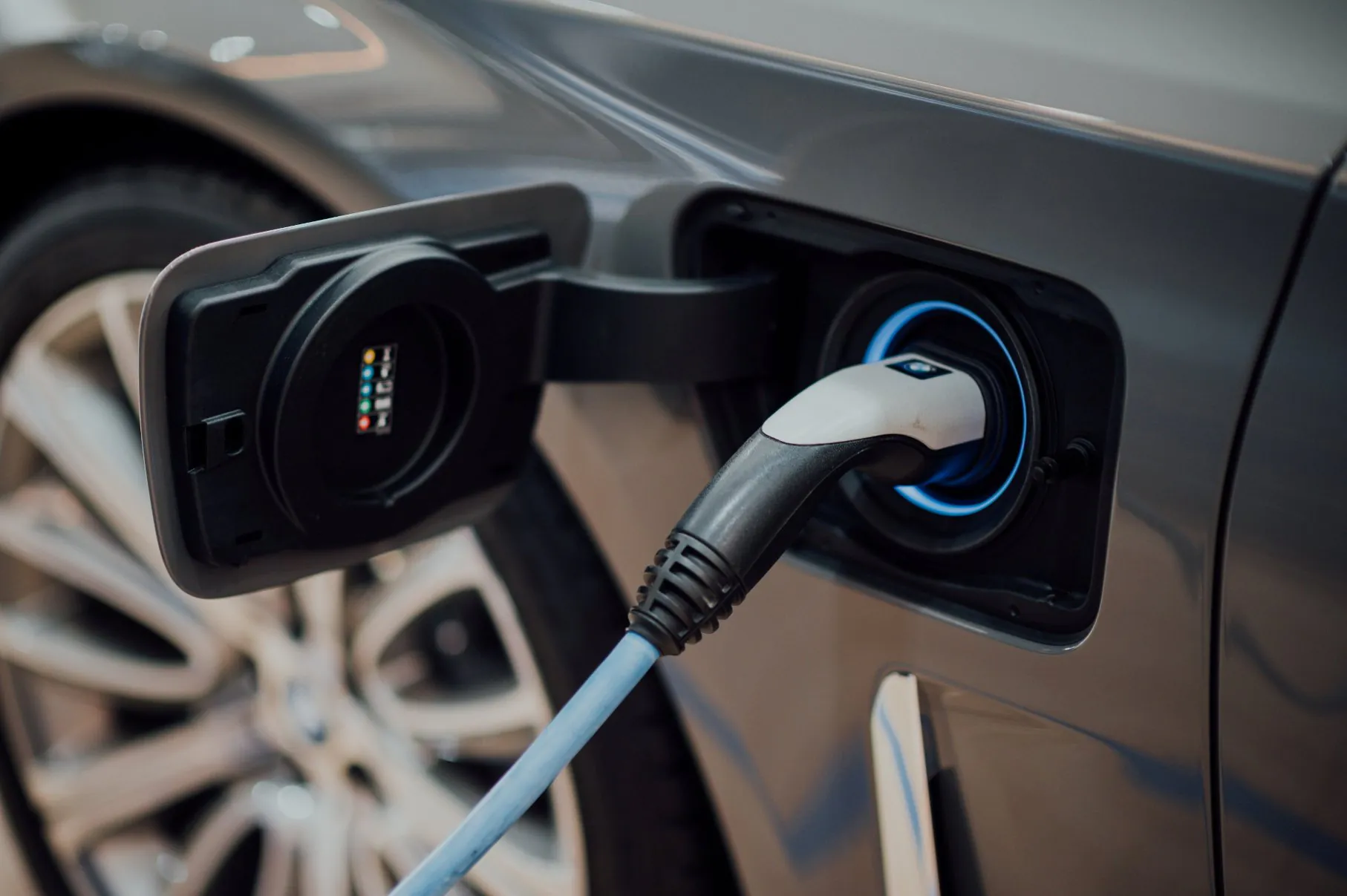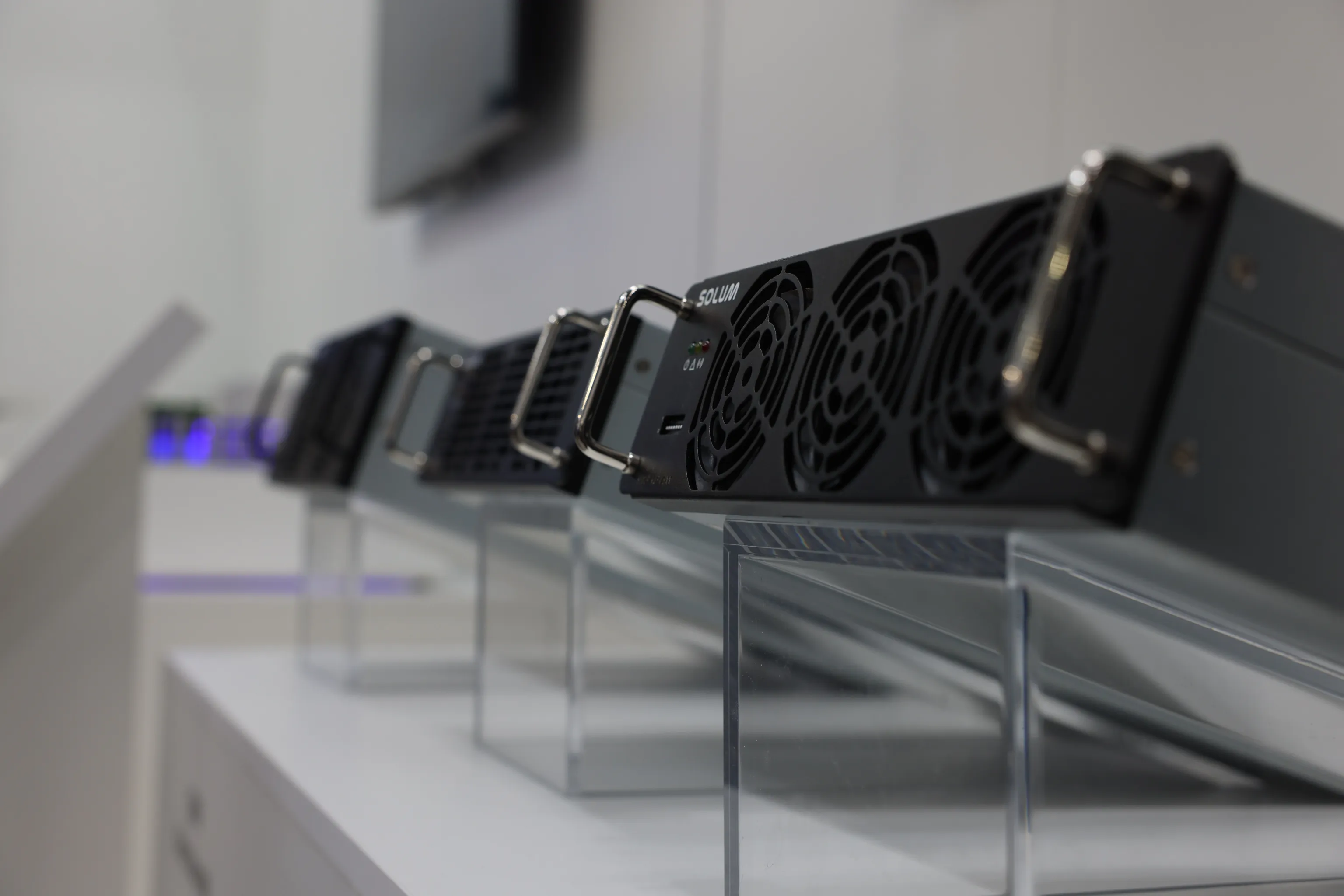E-mobility 101: Slow Charger vs. Fast Charger
Owning an electric vehicle (EV) means you’ll be relying on renewable energy instead of gasoline. While this sounds particularly easy, it doesn’t mean that you shouldn’t think about your options and any impact they have on your vehicle.
Fast chargers and slow chargers are two options for e-mobility. Both are essential to drivers in their own ways, and both have different applications. To put things into perspective, let’s discuss the types of EV charging speeds and the difference between fast chargers and slow chargers.
The Three EV Charging Speeds
There are two types of electrical current available to charge electric vehicles: alternating current and direct current. However, EV charging comes in three different speeds and levels. Take a look at these three levels of EV chargers and their charging speeds.
- Level 1 - Level 1 chargers are typically found at home—120-volt outlets using AC (alternating current). These can charge electric vehicles within 40-50 hours.
- Level 2 - Level 2 chargers, on the other hand, are usually found at home, in workplaces, or in public. These are 240-volt AC outlets that can charge EVs in 4-10 hours. Level 2 chargers are the most common type of EV charger.
- Level 3 - Level 3 chargers are known as DCFC (Direct-current fast chargers). It uses direct current to charge the EV battery without needing to go through the onboard AC battery charger. These are the high-end options and can charge electric vehicles in as little as 20 minutes up to an hour. They are mostly seen in public.
The Difference Between a Slow Charger vs. a Fast Charger
So what is the difference between a slow charger vs. a fast charger? Which one is better for electric vehicles?
Level 1 and Level 2 chargers are considered slow chargers for EVs. Meanwhile, Level 3 is considered the EV fast charger. Although speed is the biggest difference between them, these chargers both have their own strengths and weaknesses.
Fast chargers are the perfect solution for those who are always on the go and prefer fast charging capabilities.
They offer the most convenient charging time, as they can charge EVs up to 80% in under an hour. Once it reaches 80%, it then reverts to alternating current, or the “slow charge”, to preserve battery life and conserve energy. Apart from these, fast chargers are also known to have advanced monitoring and control features and capabilities.
SOLUM Group’s Maxero Fast Chargers, for example, have adopted eco-friendly power consumption technology. They also boast multiple DC plug-in options, advanced safety features, and a 12.1-inch full-color and touch LCD display to efficiently operate and monitor the charging status. This is a highly fast charging solution with modern features to provide efficiency and convenience.
Slow chargers, on the other hand, are ideal for those who want safe and cost-effective charging solutions.
Slow charger outlets with AC are usually less expensive, and yet they still offer suitable EV charging capabilities. Slow charging keeps your battery healthy. They are also likely to keep the battery within specified charging temperatures. This solution is good for those who only drive a few miles a day and have a lot of time at home.
SOLUM Group’s Maxero Slow Chargers, for example, have a compact design suited for both home and parking lot charging, a protected AC socket for added safety, intuitive LED lights for charging status updates, and an 8-inch touchscreen display for efficient monitoring. This EV slow charging solution blends safety and practicality, along with a couple of modern features, to meet individual charging needs.
A fast charger and a slow charger both work for EV charging. You might have an inner debate and think more about the difference between a fast charger and a slow charger. But at the end of the day, it might just come down to your preferences and needs.
Talk to SOLUM Group today for more information on EV energy solutions.











